Submitted by WA Contents
Zaha Hadid Architects designs residences made of modular system with sustainable timber in Honduras
United States Architecture News - Jul 29, 2020 - 10:34 8801 views
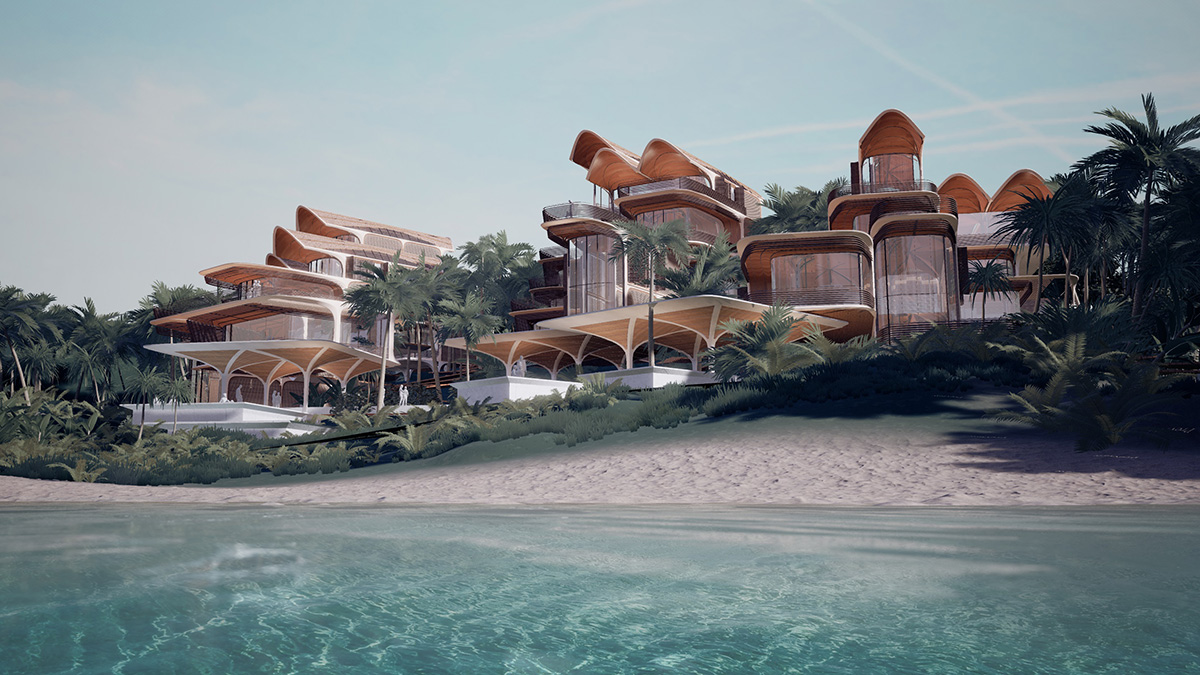
Zaha Hadid Architects, together with AKT II and Hilson Moran Partnership, have designed new residences in Honduras' Roatán Islands.
Named Roatán Próspera Residences, the new complex is being designed based on a modular system which uses sustainable timber, sourced nearby from certified forests on the Honduran mainland and treated locally, to form the main structural elements.
The team will use a parametric software developed by the Computational and Design Group at ZHA (ZHCODE) and the Computational Engineering Team at AKT II, (P.ART) to provide owners a range of flexibilities to configure their homes according to their own requests.
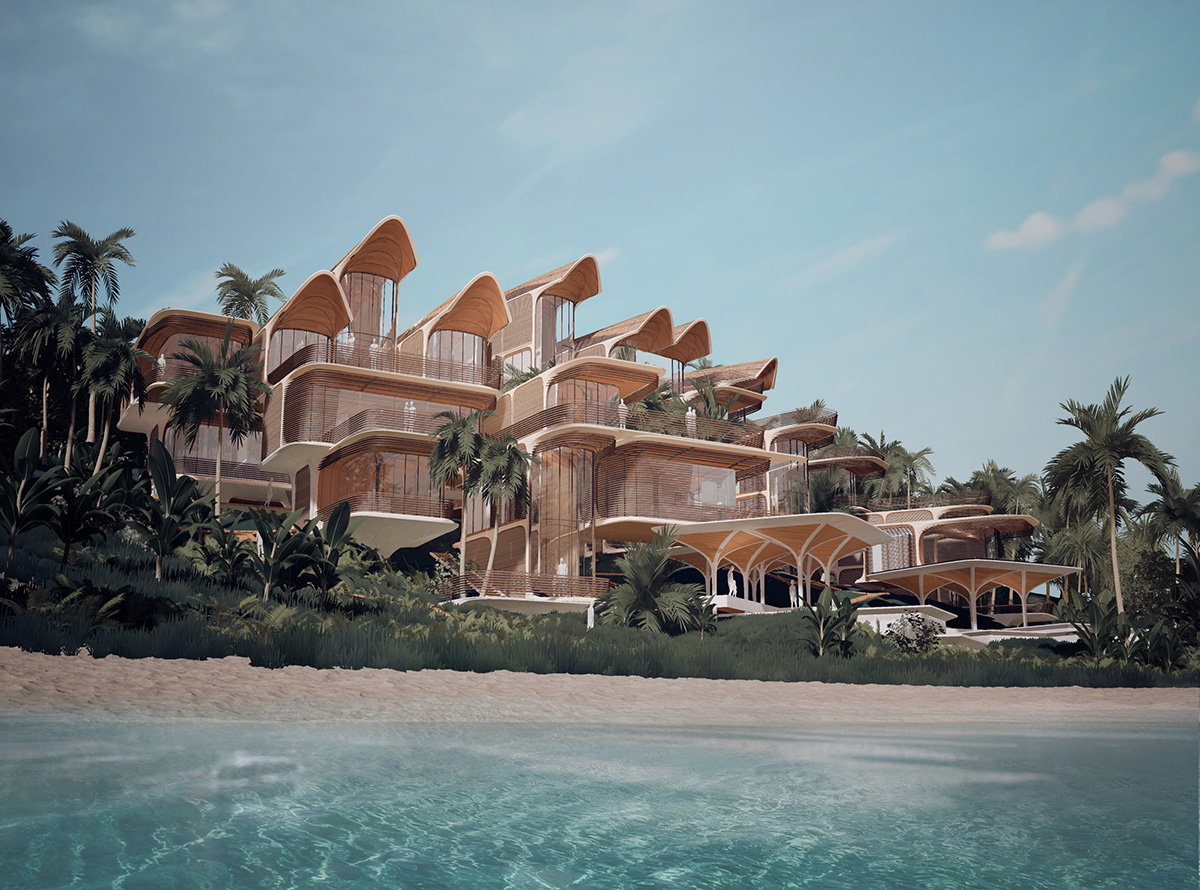
The software will also ensure that each home will fundamentally be sustainable by using as little material and energy as possible in its construction and operation with the shapes of each element within the building being environmentally appropriate, particularly from a solar and ventilation perspective.
Taking inspiration from the wisdom of the past of the context, the new complex will integrate the local vernacular tradition of timber construction, climatic appropriateness and spatial experience with new digital design, engineering and construction techniques.
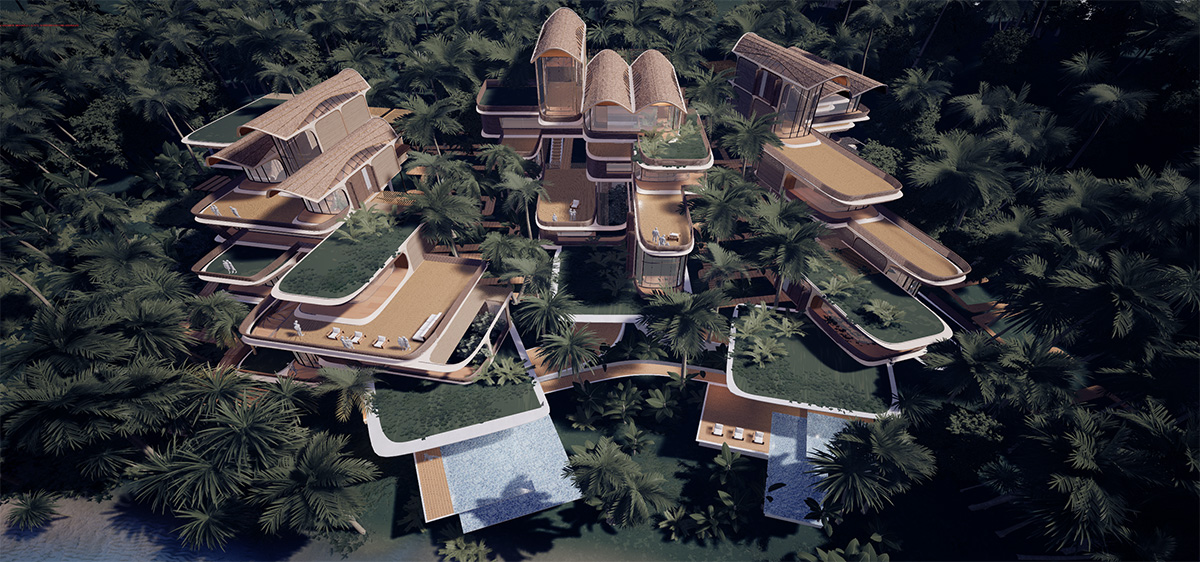
"Working with AKT II, the design approach starts from a comprehensive understanding of the local supply chain, logistics and construction techniques to promote the use of local materials, craftsmanship and manufacturing facilities which support the economy of the region," said Zaha Hadid Architects.
By using digital information technologies, thanks to the software it will "optimize the use of all parts of the sustainably-forested logs to minimize waste and pollution," added ZHA.
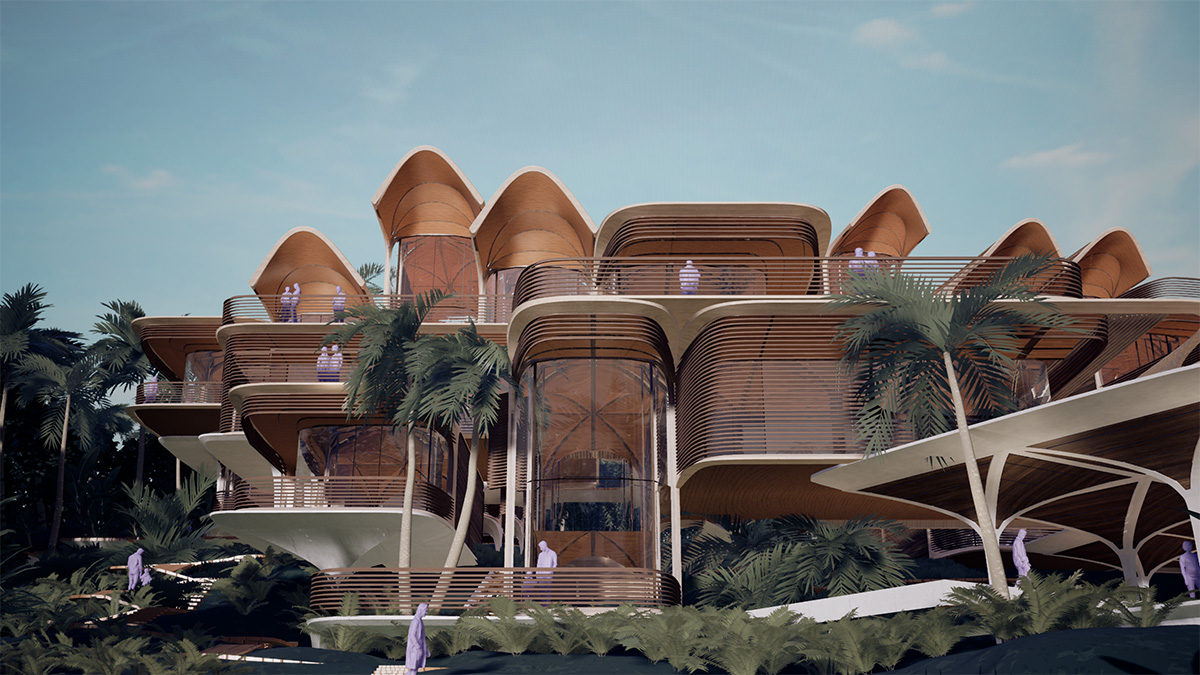
"This process also contributes to reducing the embedded construction energy and carbon footprint of the development."
"The design prioritizes sustainability and is integral to our vision for Roatán Próspera. The island of Roatán is already a renowned tourist destination," said Erick A. Brimen, CEO of Honduras Próspera LLC.
"Roatán Próspera will strengthen and diversify the local economy while creating homes defined by their natural environment."
"With considerable reductions in waste material, and a higher quality of construction due to the greater precision achieved by off-site fabrication, this modular system of assembly is a cost-controlled solution specifically tailored to local supply chains, transportation and installation," continued ZHA.
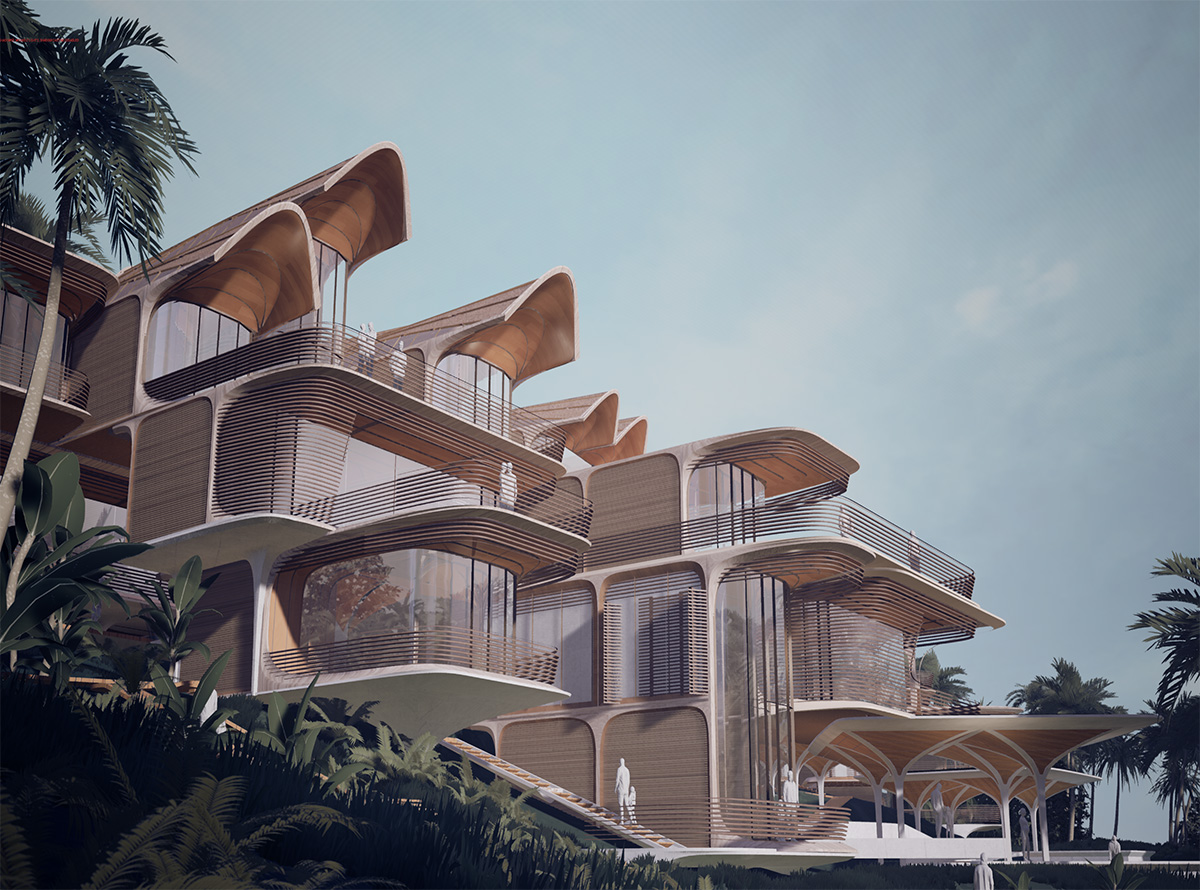
In design process, the team established the dimensions of the structure’s base timber units so that they could follow the constraints of the local transportation networks to ensure carbon emissions and logistics costs are minimised.
"The use of lightweight timber results in a reduced and adaptive foundation system that can be fabricated off-site, keeping intervention to the site minimal and giving maximum protection to the site’s native flora and fauna."
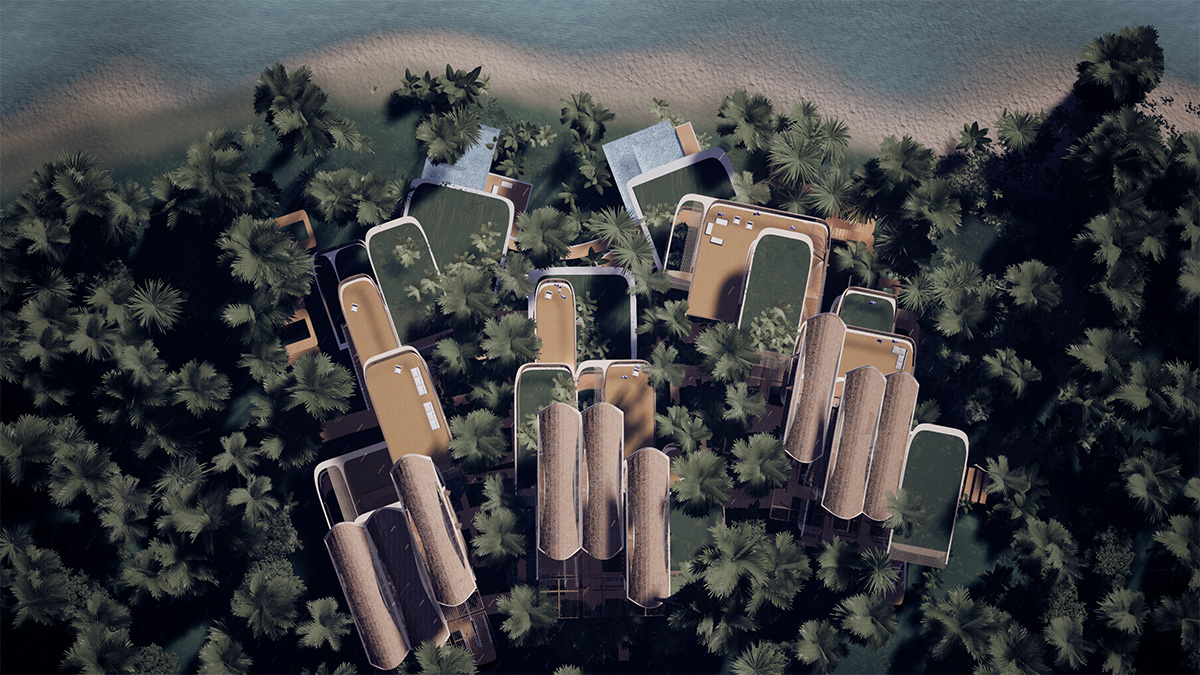
The project is developed by dividing it into a "kit of parts" that is quickly assembled on site, the design approach is centered around ensuring local craftsmen, tradesmen and construction teams also benefit from the knowledge and experience obtained by working with new technologies; building lasting relationships between homeowners and the local community will help new residents to integrate with local culture.
All suppliers will be given full assistance to develop their product lines to the 3D digital information model of the houses and the terrain.
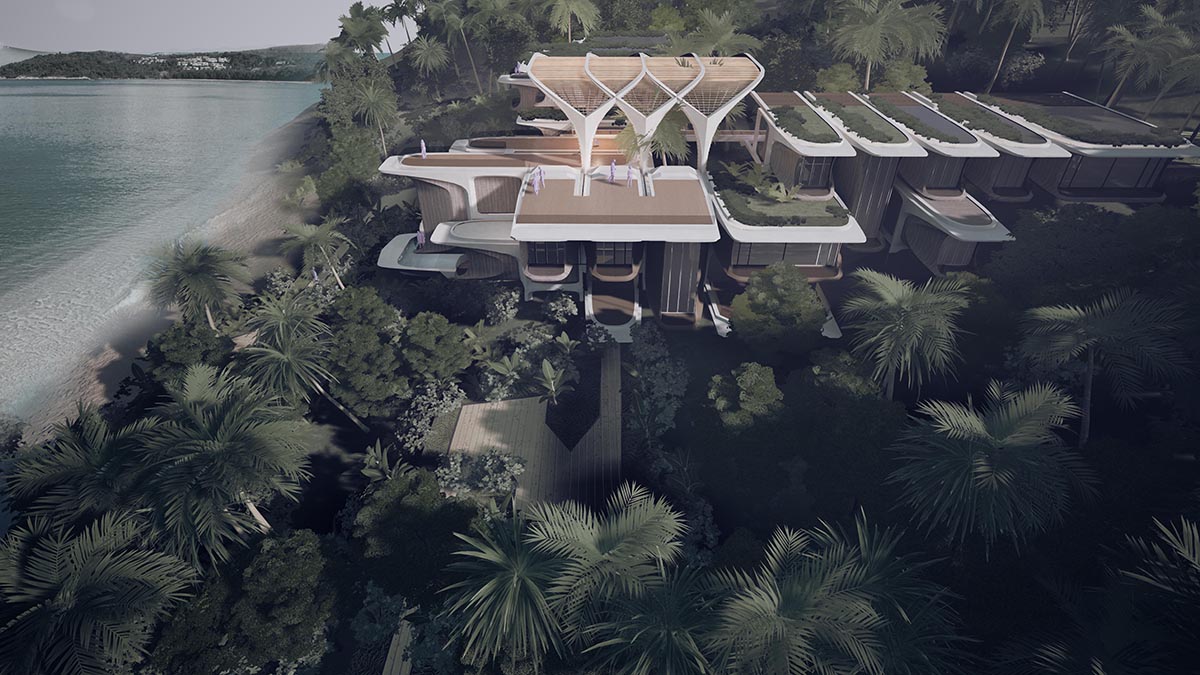
"The design’s passive environmental control strategies minimize energy consumption by reducing temperatures to improve thermal comfort, with little or no requirements for mechanical ventilation," explained the studio.
The project optimizes renewable resources to reduce energy consumption and generate water, the modules are designed to be self-shading, open and oriented towards the prevailing sea breeze for natural cooling.
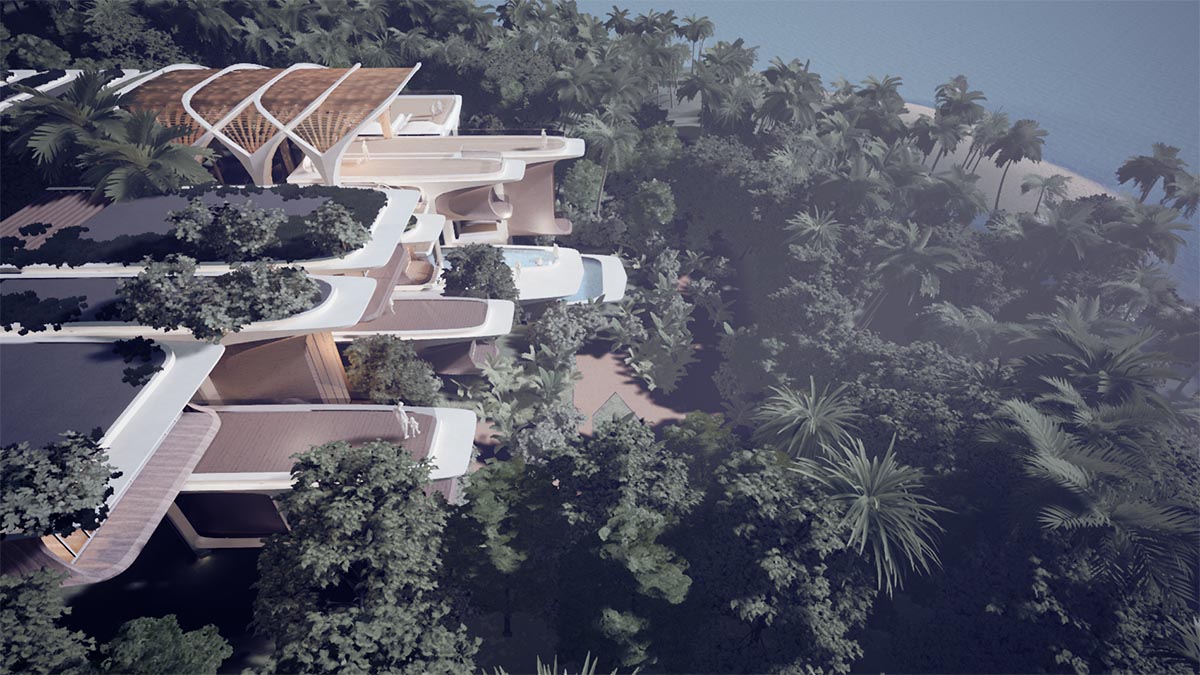
Local, natural materials and ground coupling provide further cooling to interior spaces. When required, water is removed from the atmosphere for supplementary cooling by dehumidification. This water is harvested and filtered and available for use in each home.
For self-sufficient and net zero carbon operations, shading canopies are optimally shaped to accommodate photovoltaic arrays for renewable power generation. Batteries will store renewable electricity for future use.
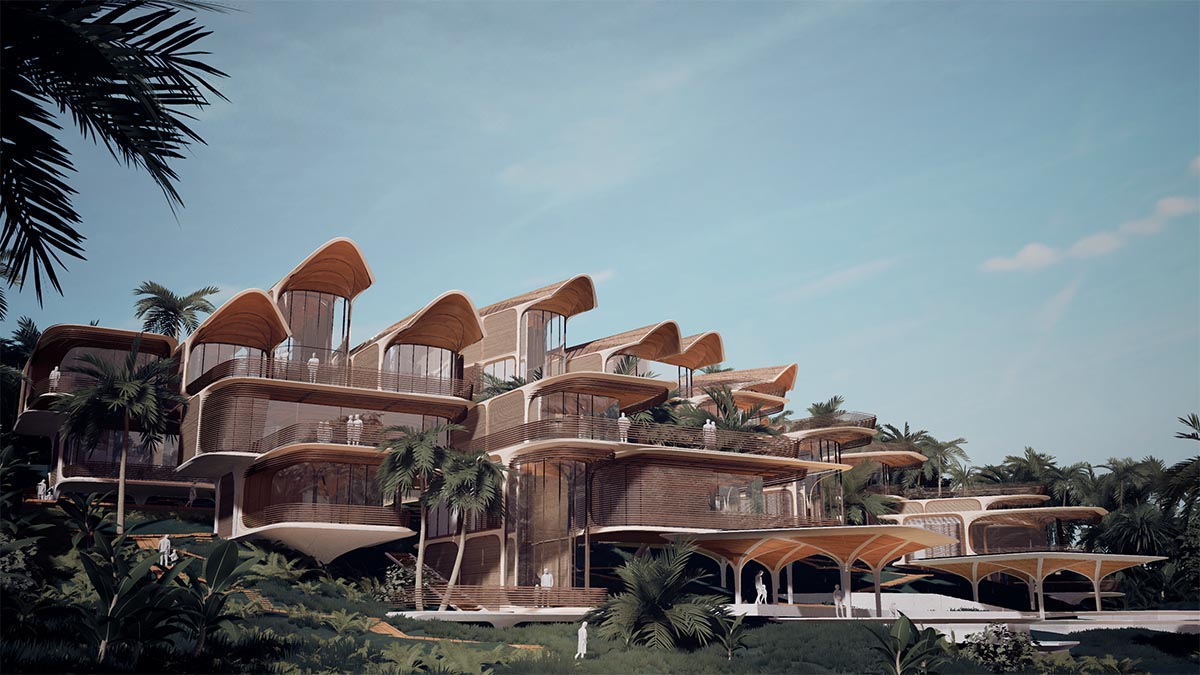
The design for manufacture and assembly (DFMA) approach has been carefully instilled into the design of the structural kit of parts, while smart timber connections allow for quick assembly and disassembly, giving the potential to reconfigure the residence or recycle any element of the modular kit.
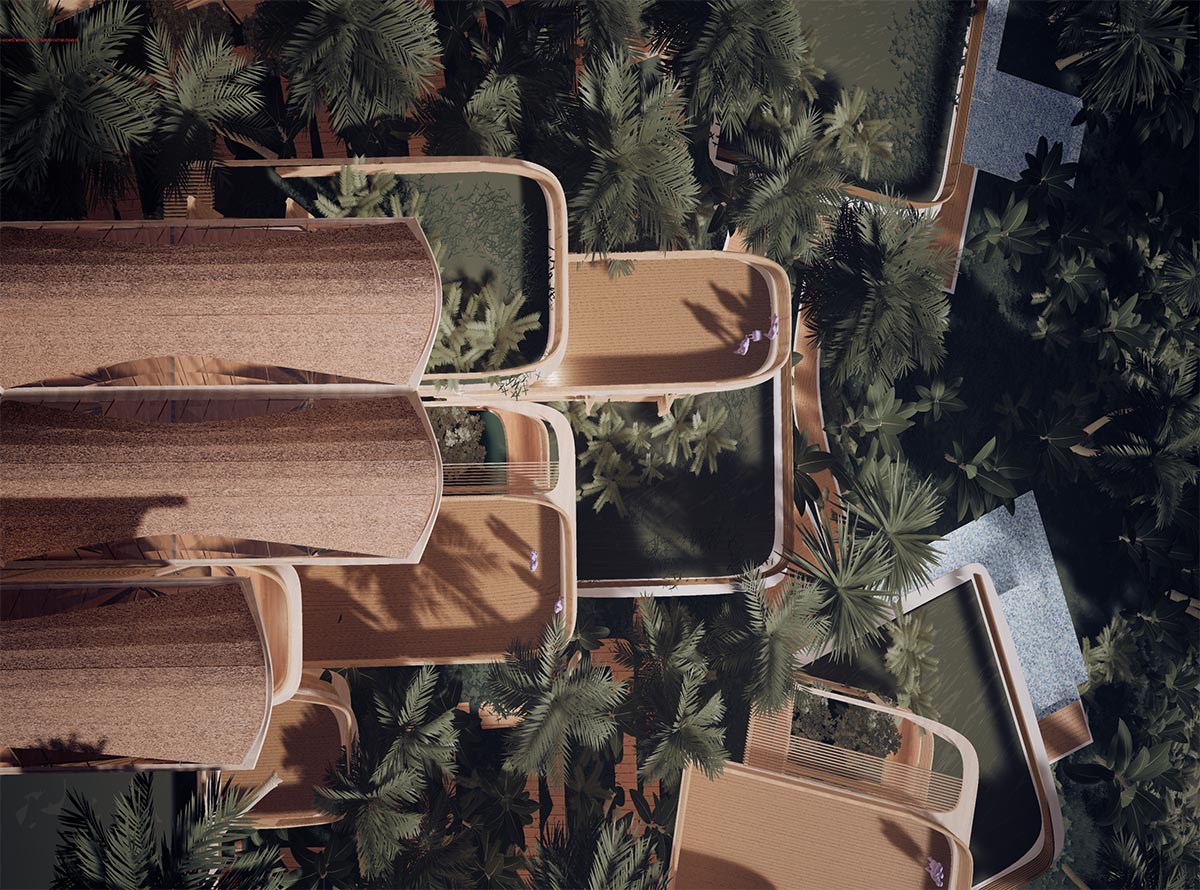
Integrated services and insulation will be pre-assembled and installed within this structural system that performs as a robust structural frame and building envelope with enhanced thermal and acoustic performance. The configuration platform ensures adjacent units have consistent service locations to minimize on-site connection.
The digital configuration platform allows home-owners to plan their homes and connect with local suppliers; bringing the construction and operational benefits from the digitization of the buildings.
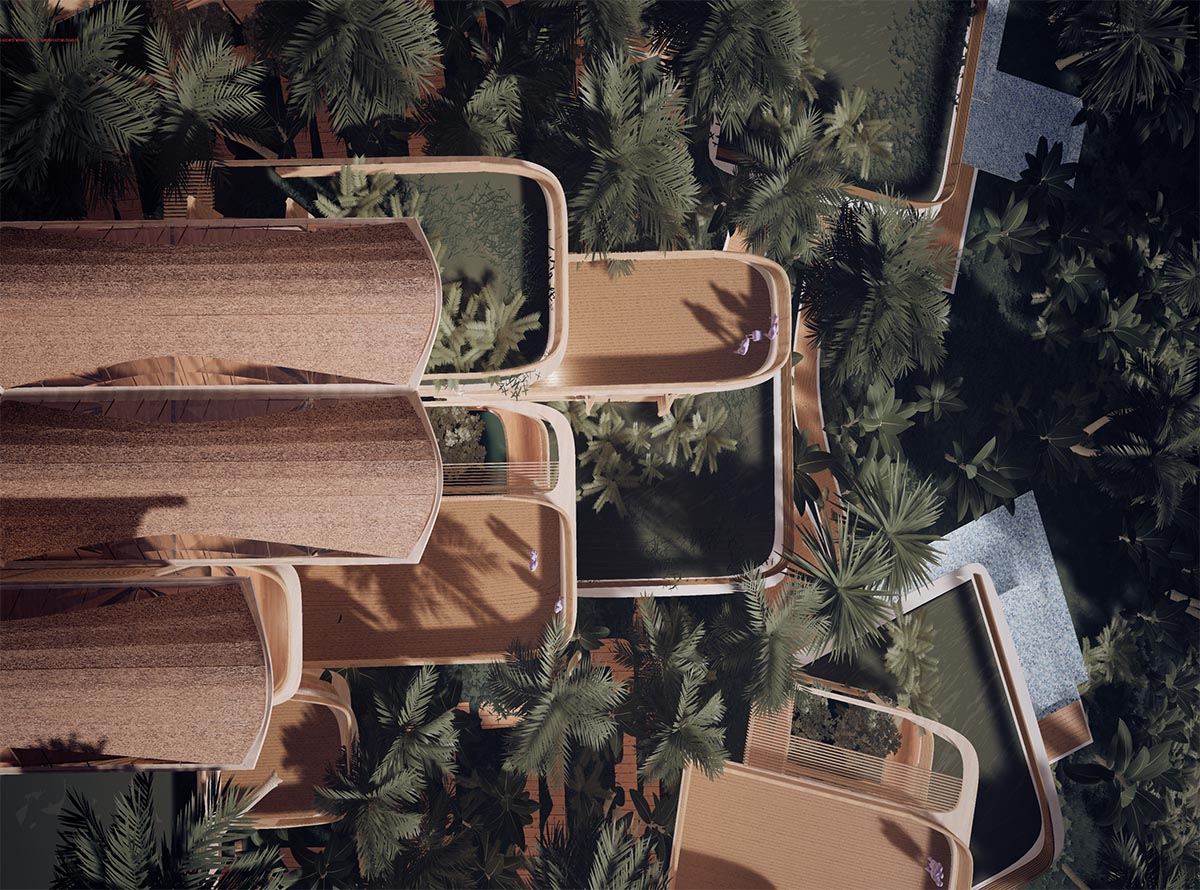
Extensive feasibility studies have informed the design of the platform’s kit of parts using a library of spatial and building elements tailored to the ecology and supply chain of Roatan.
These adapt digital design and fabrication methods to incorporate the skills, experience and craftsmanship of local building traditions and culture.
Particular care has been given to ensuring the designs are sustainable and feasible within the environment of Roatan; incorporating vernacular design features such as palapas and other naturally ventilated spaces, the use of locally sourced timber, passive shading, rain water collection and cooling-pools.
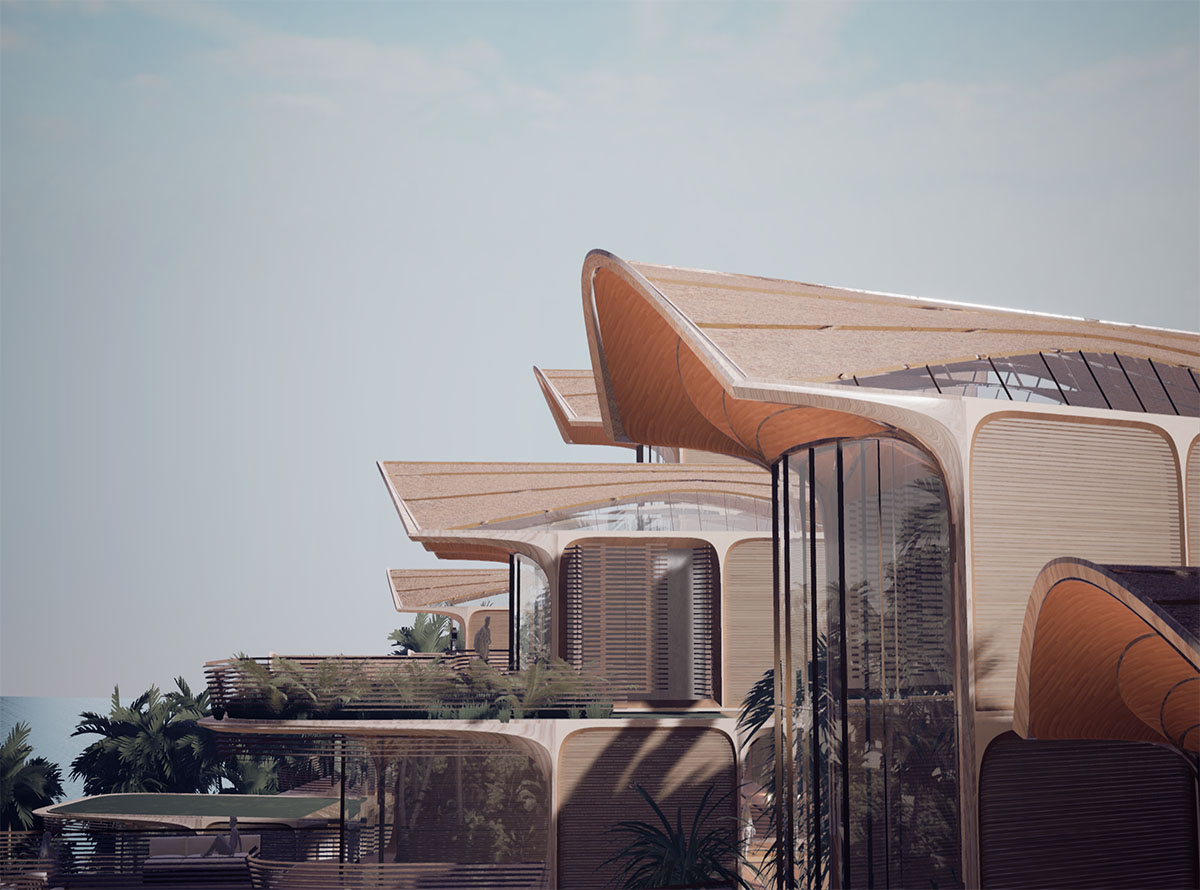
Homeowners can use the platform to customize the spatial layout of their residence to fit their preferred number of voxels. These choices are exponential in nature, with at least 15,000 different variations to configure the maximum of 5 voxels.
The configuration platform adapts each residence to the terrain and other particulars of the site include views and minimizing any earthworks during assembly.
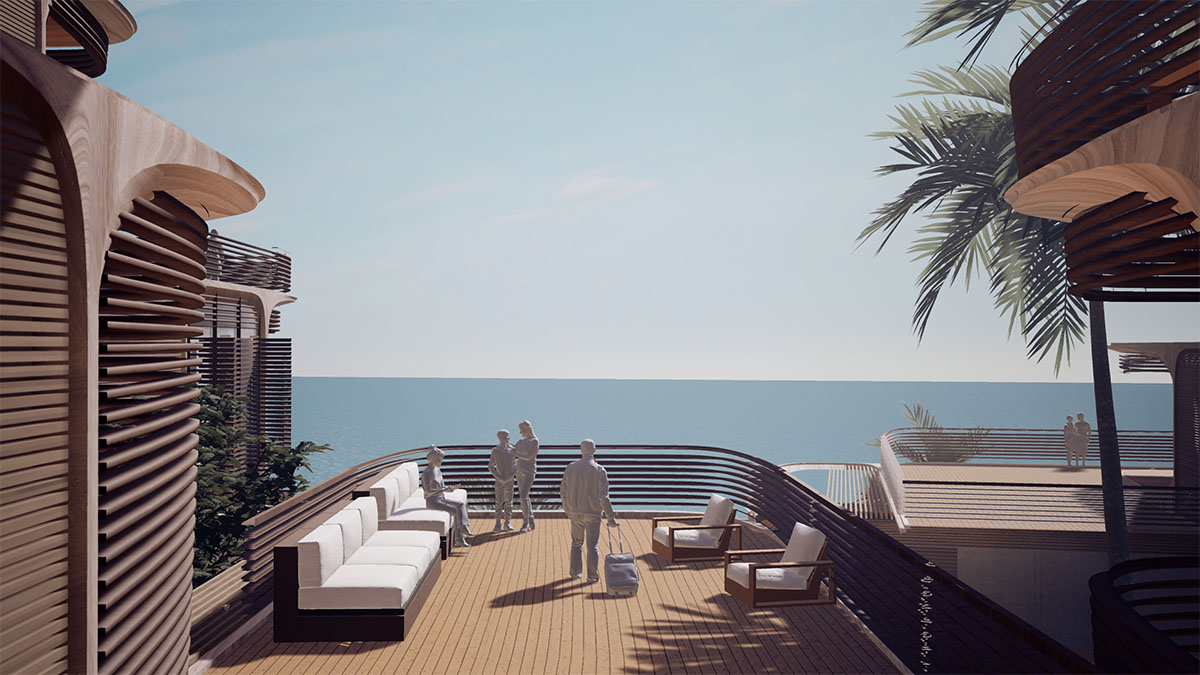
The platform also gives a choice of built-in furniture modules and spatial arrangements to suit individual lifestyles and preferences. These modules include walk-in wardrobes and conversation pits and are designed to integrate into the walls or contained in islands within each room.
Homeowners can also appoint local suppliers to create furniture specific for each room using the digital assets that the configuration platform provides including the 3D model of the home.
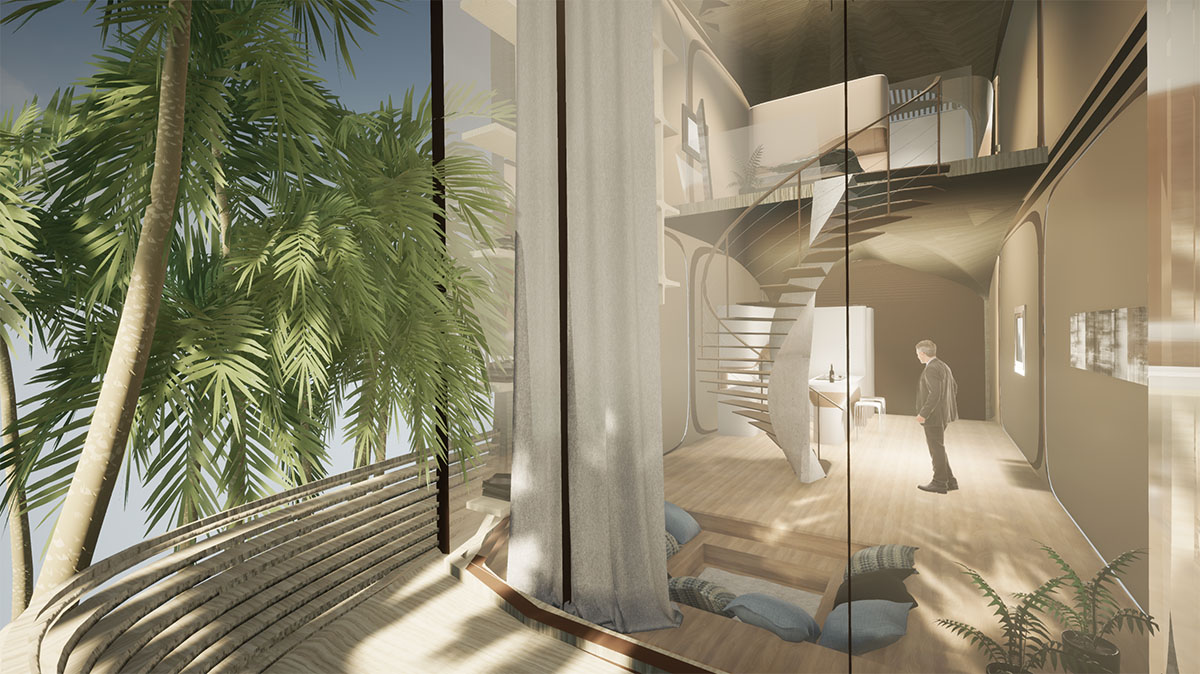
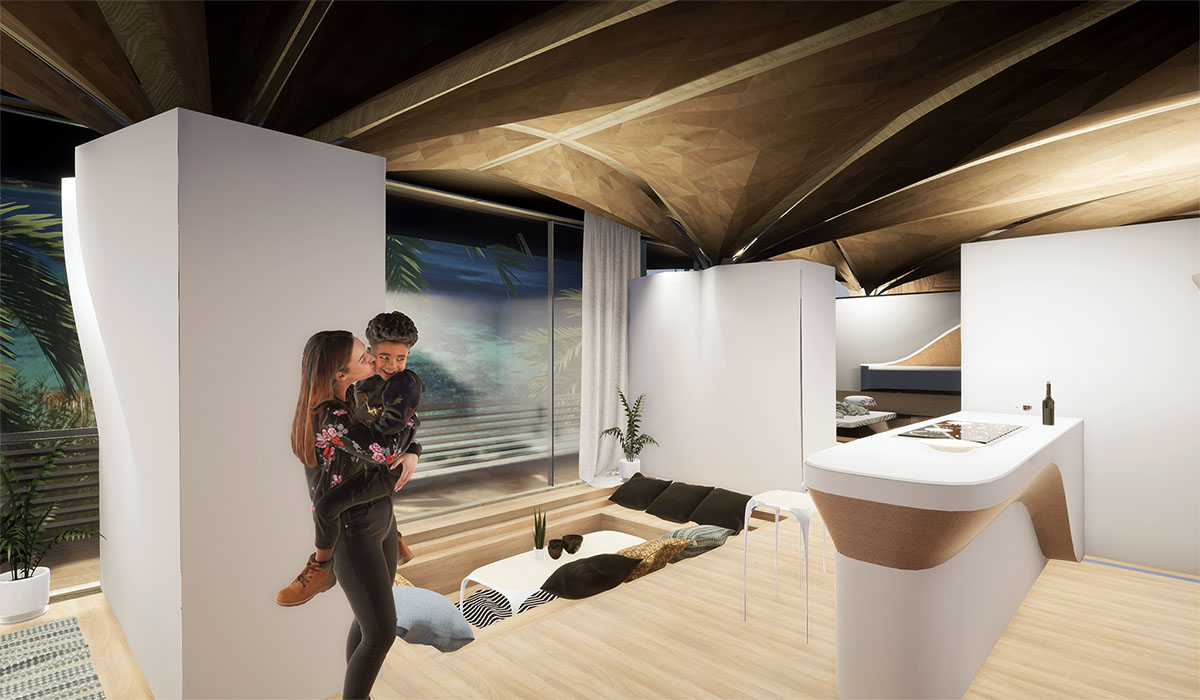

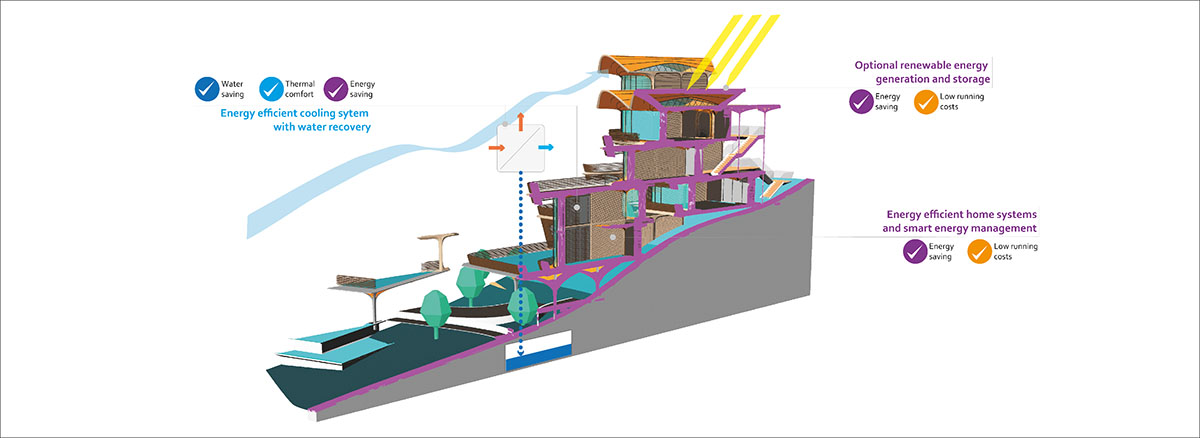
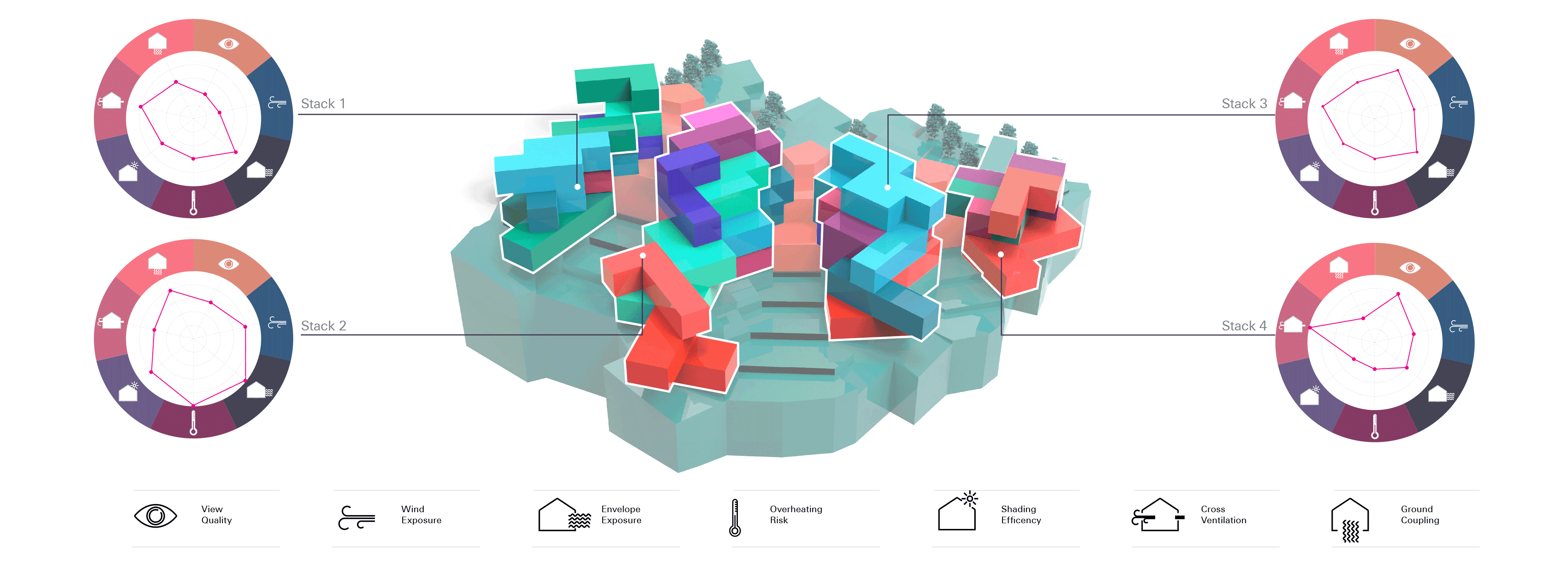
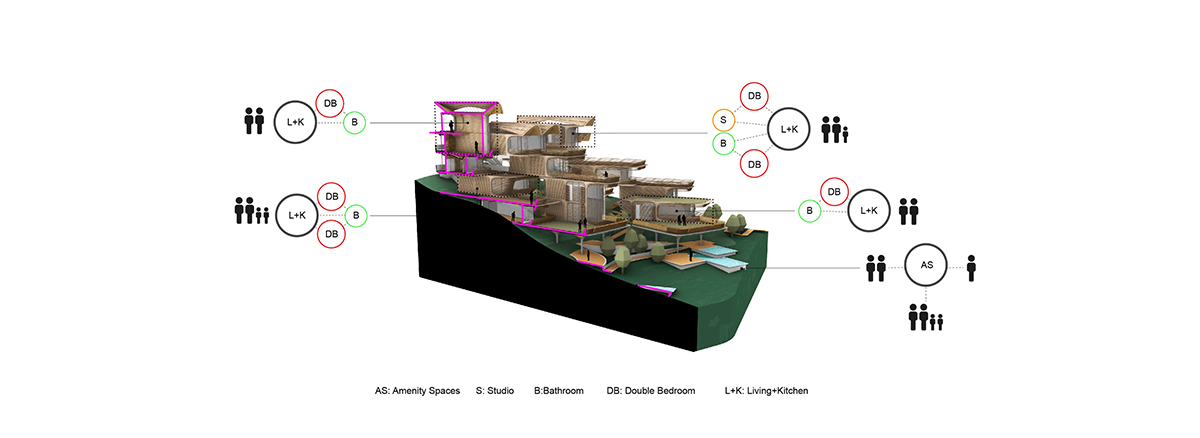
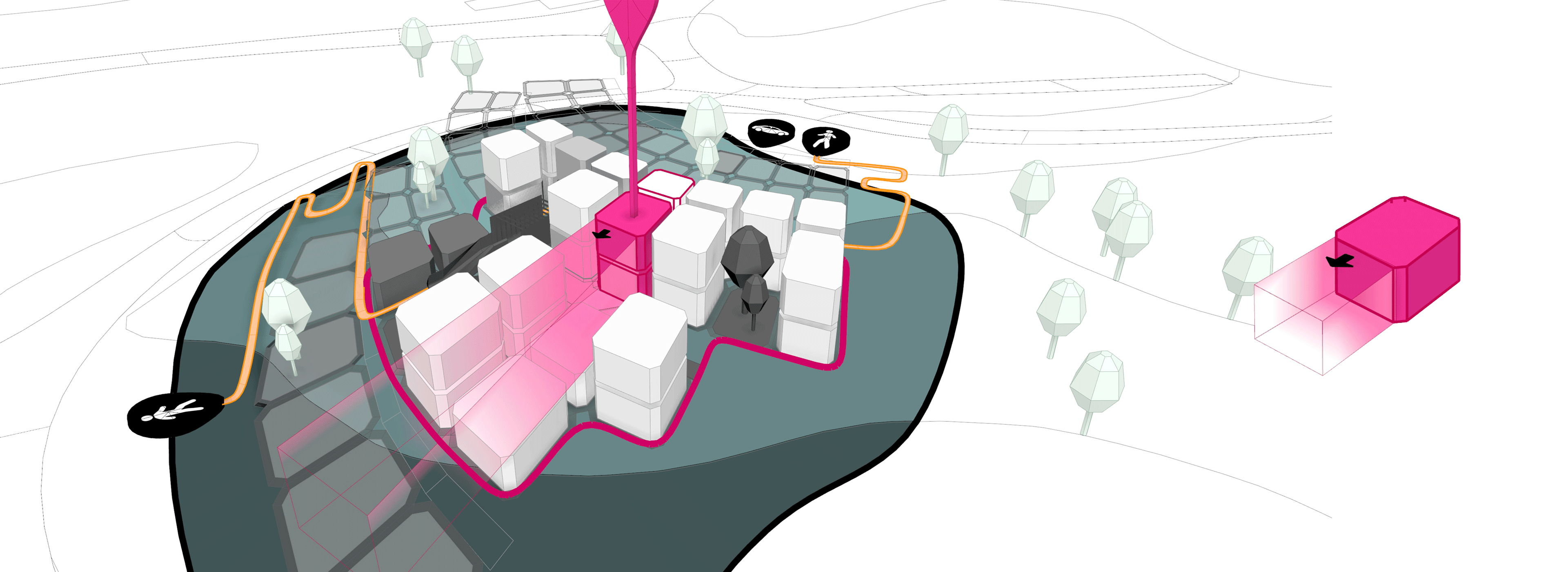
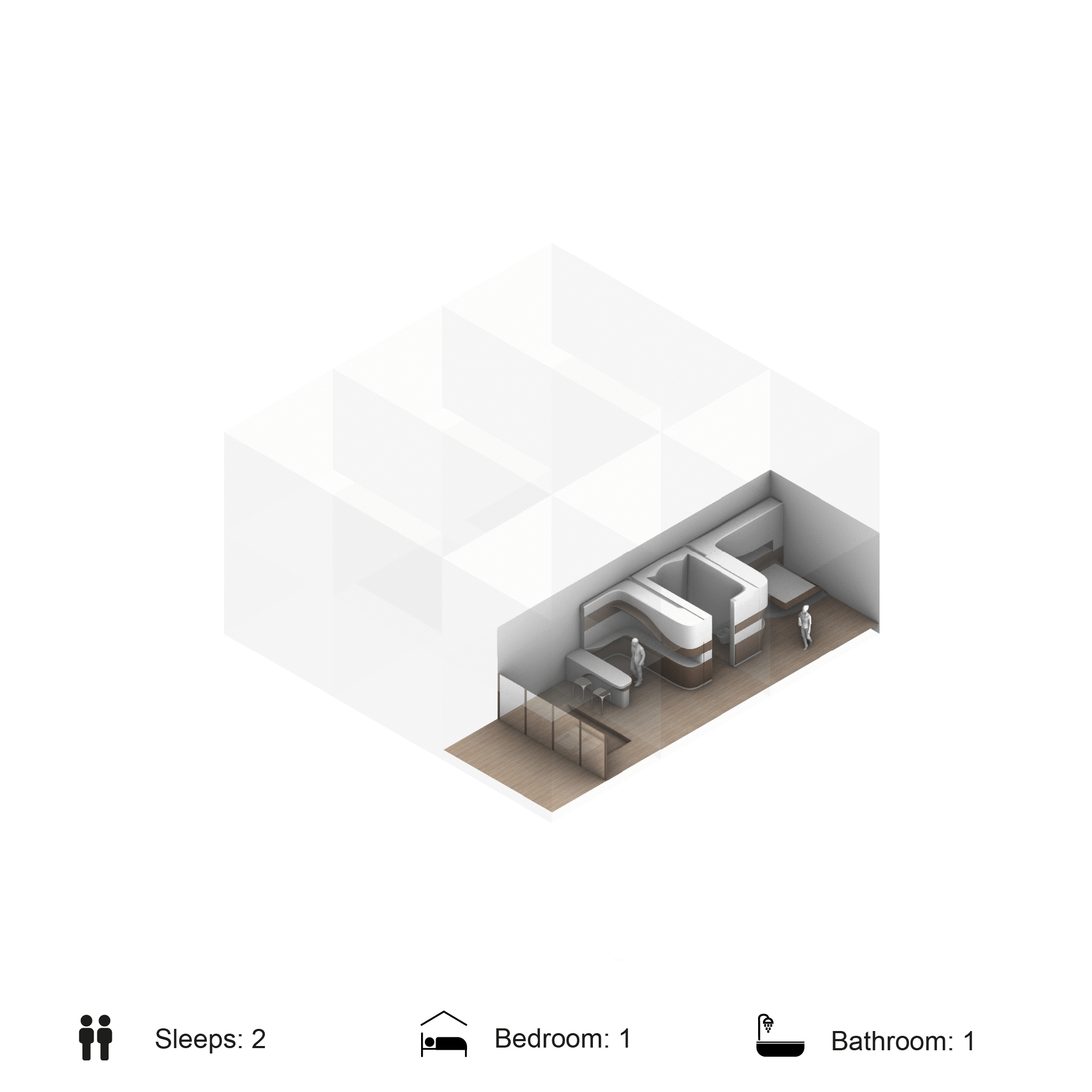
Project facts
Project name: Roatán Próspera Residences
Location: Honduras
Project Team
Design & Technology Platform
Zaha Hadid Architects: Patrik Schumacher (Principal), Shajay Bhooshan, Henry Louth, Vishu Bhooshan, Cesar Fragachan, Jianfei Chu, Federico Borello, Georgios Pasisis with support from Tommaso Casucci, Leo Bieling and Ryan Hughes.
Structural Engineering
AKT II: Edoardo Tibuzzi, Gavin Sayers, Thomas Lejeune, Megan Greig
Environmental Engineering
Hilson Moran: Emlu Schembri, Amedeo Scofone
All images & video courtesy of ZHA
> via Zaha Hadid Architects
